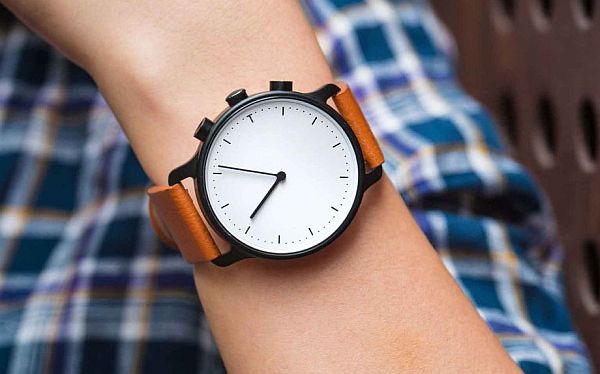We are living in the technology-obsessed world where people are willing to become a stylish cyborg. We need a fitness tracker loaded with apps to stay fit or have a good night’s sleep. And, wearable technology seems fueling the trend as all big names like Google, Apple, Samsung, etc., are jumping the gun to offer the best wearable device to date.

In response, people have well accepted the novel form of gadgetry apart from issues raised by users regarding the battery life. The issue is so grave that smartwatches, come loaded with intuitive color touchscreen interface that make them power hungry, and are facing huge criticism for offering battery life that lasts hardly a day between charges. However, there is flip side of the story as few startups have come up with a brilliant idea of using an undying source of energy, i.e., sun, to power your tech-powered fashion. Here is a rundown on few devices that harvest sun’s energy to help you stay fit and connected to the world in real time.
- SunSprite
![]()
SunSprite is a tiny solar-powered light tracker that clings to your shirt collar or cuff to improve your fitness. Conceptualized by GoodLux Technology, SunSprite measures your bright light and UV exposure to help improve energy and sleep. Highly efficient solar panels embedded on the outer face of the wearable light tracker eliminate the wire clutter and easily syncs to the app in order to tell if you have gotten the right amount of sunlight.
It’s the most practical wireless light tracker till date that guides you through getting the right amount of sun exposure to self-manage mood and depression to maximize effectiveness of treatment.
- Carbon Solar Watch

Disguised as a classic piece of wristwatch, the Carbon Solar Watch is a solar charger that charges your devices on the go. It’s an improvised or wearable form of power bank that doubles as a wristwatch and charges your smartphone via a micro USB port at the same time when it runs out of juice. The watch has a built-in 800mAh battery that charges with the help of solar panels on its surface. The battery onboard is enough to provide three hours of additional backup which is enough for making a few important calls or sending emails. Energy Bionics, the company behind this mindful device, will be selling a unit of Carbon watch for US$115.
- Energy crystals
![]()
Solar-powered energy crystals – this is what happens when a wearable technology company joins hands with a crystal making company named Swarovski. Crystals that double as fitness tracker is entirely powered by solar energy with the help of embedded photovoltaic panels. The giant crystals come fitted with Misfit’s motion and sleep-monitoring sensors; what all you need is exposing the big violet-colored Swarovski crystals – that are capable of tracking wearer’s footsteps, distance travelled, calories burnt, sleep duration and sleep quality – to the sun and they swing into action immediately after coming in contact with the sunrays. The Swarovski-studded fitness tracker collection is available for preorder on Misfit’s website for as low as US$ 69.99.
Tips for optimally using solar-powered wearables

As per a recent survey conducted by the Endeavour Partners, more than half of American adults who owned a wearable fitness device no longer used it. However, the stats are alarming but it will be unjust to overlook the fact that wearable industry is one of the most rapidly growing industries in recent time and incorporation of energy autonomous system for an uninterrupted data harvesting and elimination of the need for frequent recharging is furthering its popularity.
These wearable trackers require comparatively low amount of energy and the sensors embedded are so sensitive that they can harvest energy from any ambient environment. 10-15 minutes of sun exposure is more than sufficient to power a wearable for a couple of days.
The fitness tracker remains functional all the time which clearly indicates demand for an uninterrupted source of energy. The device inspires users to spend more time outdoors in order to increase the exposure time. And when you are on streets running under the bright sun with your fitness tracker intact, try not to shroud the solar-paneled surface with your wristband or clothing in order to ensure continuous energy supply.
Is solar-powered wearable fad or future?

Technology analyst Juniper Research believes that wearable tech is likely to power next wave in gadgets in the coming years, as almost 70 million smart wearable devices will be sold in 2017. Perhaps, it’s a little too early to reach a verdict if it’s just another fad or the future that’s here to stay, but the new age technology certainly hints at the beginning of a new era in health and fitness. The wearable industry that is about to become worth US $50 billion by 2018 is motivating millions and millions of people across the globe to achieve better health by constantly keeping a tab on their fitness and reducing carbon footprints at the same time.
Summary
Wearable tech has redefined the way we see and perceive fashion. However, battery life is one of the gravest issues at hand, for which researchers are on an unending quest for bettering the sustainability and longevity of onboard batteries. The idea of mounting solar panels on wearable devices is certainly a great way to eliminate need for charging battery again, and generating your own energy on the go.






